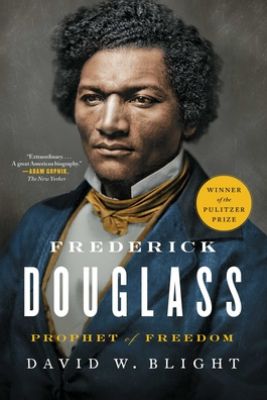"...it was all about the pen and the voice ..."
On July 5th, 1852, Frederick Douglass delivered his greatest speech, to the Rochester Ladies' Anti-Slavery Society: "What to the Slave is the Fourth of July?"
Douglass lived his first 20 years as a slave, before escaping and making his way to the northeast. He began telling his story and preaching at an AME church in New Bedford. Abolitionist leaders discovered Douglass there and invited him to Nantucket, in 1841, to attend one of their regular anti-slavery gatherings on the island. It was on Nantucket -- at The Atheneum -- that Douglass would give his first public address to white abolitionists.
David Blight, author of Frederick Douglass: Prophet of Freedom, which won the Pulitzer Prize for History in 2019, tells us of the abolitionist organizers:
"... before they’d even taken the ferry boat back to the mainland, he was invited to join the Massachusetts Anti-Slavery Society circuit of abolitionist speakers. And that was the beginning, at age twenty-three, of Douglass's life as a public orator, as an itinerant abolitionist speaker, and as this brilliant young man of words, who became within about three to four years the biggest star on the abolitionist network."
Eleven years on the circuit led to the historic speech of which we now present excerpts, read by the late, great actor and director Ossie Davis, for Smithsonian Folkways Recordings. David Blight guides us through the excerpts in this 10 minute tour de force upon tour de force.


